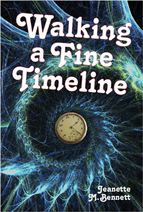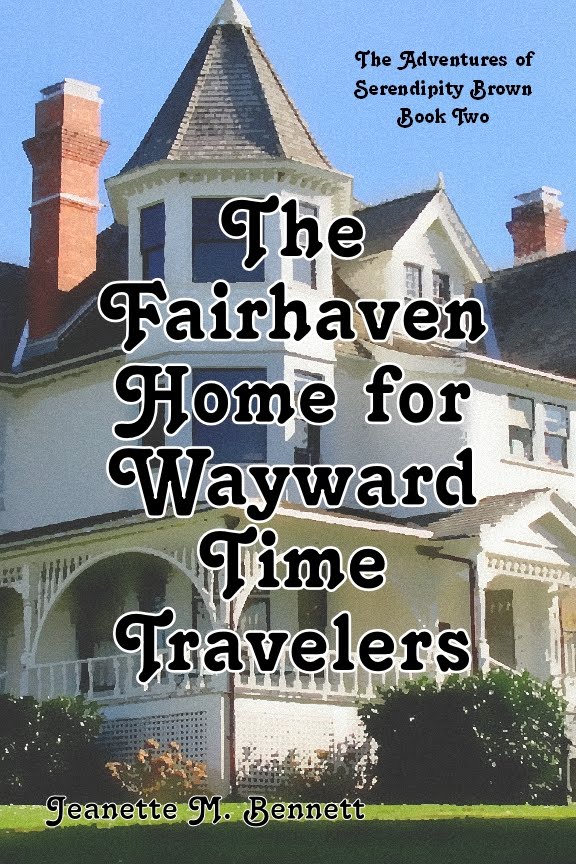The once colorful maple leafs of autumn are giving up the ghost and are littering the streets. The cold rain hits your skin and feels almost sharp. The precipitation will soon turn to snow. My stay here in Toronto is about up, but I wanted to visit one last person--one many consider Canada’s greatest Victorian painter--Frederic Marlett Bell-Smith.
 |
| Frederic Marlett Bell-Smith |
Square jawed and stout, Bell-Smith looked more like a banker than an artist. His eyes though had a dreamy far-away look that would not have gotten far in the cut-throat business world. He stuck out his hand to me. “I have some landscapes from my recent trip to the Rockies. Mr. William Van Horne, general manager of the Canadian Pacific Railway, gives free passes to artists.” Bell-Smith chuckled. “I think he hopes we will be inspired to paint the Rockies so others will want to visit them. It certainly inspired me.”
 |
| Mists and Glaciers of the Selkirks |
He showed me a half-dozen landscapes of mountains and lakes, all breath-taking, but small enough to hang in the dining room. It was then I noticed a large canvas on the other side of the room. It was huge! Almost six and a half feet wide and over four feet tall. The painting was still in progress and the figures roughed out. My heart stopped with a sudden recognition.
“I’ve seen this before,” I blurted, then caught myself. “I mean, there is something familiar about this.”
 |
| Lights of a City Street (click on to enlarge) |
“You’re a native?”
“No, born in London. My father was a painter, too. Did portraits. He decided to immigrate to Montreal. I followed him the next year. I was 21. I’ve been toying with moving back to Europe. I could probably make more money, but...I don’t know. Toronto is booming right now. It’s very exciting. I’m hoping to show that in the painting.”
“I see you are showing the new electric streetcars. And your police officer looks vaguely familiar.”
“You have probably seen him. That’s Bill Redford, the constable that is stationed on that very corner. They man tipping his hat is my son the reverend and the fellow being assaulted by the newsboys is me.”
I had to laugh. “Bringing back the old Renaissance tradition of the artist sticking themselves in the painting, eh?”
“I don’t know if I’ll be able to ever sell anything this big. And I’m not sure if people will even like something as mundane as downtown.”
I wished him luck on his experiment. I told him I liked several of the landscape paintings, but wanted to bring my wife back to help me pick out the perfect painting for our parlor. If I picked wrong I would never hear the end of it. (My poor imaginary wife gets blamed for all sorts of things.) I would have loved to have bought a painting, but that would have removed it from the 19th century and changed history. I’ll just have to visit them in a museum when I get home.
 |
| Westminster Bridge |
Bell-Smith also found a buyer for his huge masterpiece almost immediately. Simpsons Limited will buy and display it at their Queen Street department store. No doubt it brought in many customers. It will eventually wind up in the art collection of the Hudson Bay Company, but will remain where the public can view it. Lights of a City Street might be privately owned for many centuries, but it has always been recognized as belonging to the people of Toronto.
In 1895 Frederic Bell-Smith will even be given the unprecedented opportunity to have Her Majesty Queen Victoria sit for him. She seldom poses for anyone. Luckily he is friends with Louise, a fellow artist and the wife of the former Governor General of Canada. She is also the daughter of Queen Victoria. She managed to talk “Mum” into allowing Bell Smith to paint her.
(He added himself in this painting, too.)
















